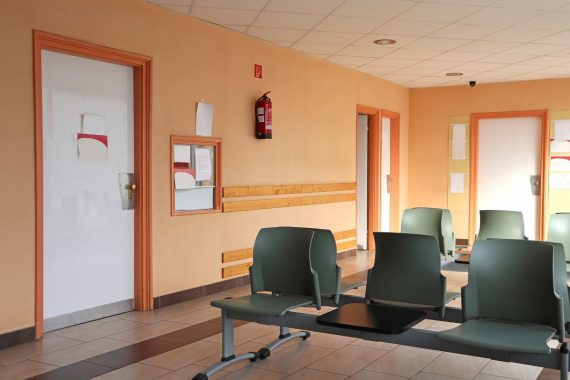Learning Objectives – This module reviews:
- Reducing carbon footprints in primary care
- Energy use, consumables and waste
- Constructing a practice green action plan
Dr Matt Sawyer is a GP in north-east England, and runs the consultancy SEE Sustainability. He also works on the RCGP climate emergency group
Over the past few years, we have seen a surge in discussions of green issues and environmental damage across the world, from BBC documentaries by Sir David Attenborough to speeches at the UN by the activist Greta Thunberg denouncing the approach of big businesses and those who continue ‘business as usual’.
The UK Government passed legislation in 2008 – the Climate Change Act – to require the country to reduce greenhouse gas emissions to net zero by 2050. The Committee for Climate Change reports on progress made and announced that we need to reduce by 78% (from 1990 levels) by 2035.1
So, what has this got to do with the day-to-day life of a GP practice?
Carbon footprints and primary care
The carbon footprint of the health service is notoriously large. Some 4% of the carbon footprint of the whole country is attributed to the NHS. The NHS in the UK has been proactive in implementing sustainability by setting targets and developing guidance papers, culminating in Delivering a Net Zero NHS2 published in October 2020.
Primary care aims to provide a high-quality service to protect, diagnose, treat and improve the health of patients, but this is at considerable environmental cost. Our practices cause wasted resources (time, energy, physical resources, money), pollution through disposal of items, equipment and products at the end of life, and emissions – especially greenhouse gases.
Sustainable frameworks specific to primary care are lacking, but that shouldn’t stop us learning from best practice from other sectors.
More specifically, the carbon footprint of primary care can be split into three areas:
- Operational footprint from the day-to-day running of our practices.
- The footprint from investigations (such as pathology and radiology).
- The prescribing of medication; preventing and treating illnesses in our patients.
The main carbon hotspots of the operational footprint are:
- Energy use.
- Travel (staff and patients).
- Professional services.
- Other activities and factors, including procurement, office and medical consumables, water and waste.
To tackle these, teamwork and cooperation are vital. Set up a practice ‘green team’ or embed greener actions into the everyday routine.
Not a Pulse Learning member? Click here to join and gain access to over 400 CPD modules
Pulse October survey
Take our July 2025 survey to potentially win £1.000 worth of tokens














We have turned the heating off in the waiting room and patient toilet
The shredder and recycle bin has become increasingly useful.
We’ve managed to reduce our waste to landfill to zero by burning everything in a skip instead.